Starting a healthy lifestyle but don’t know where to start?
Below are the 25 vegetables that you can cook and eat for dinner! For this post, you will find out how to make healthy foods tastier and more appealing, even to kids!
1. Asparagus
Asparagus comes in a wide variety of colors, including white, green, and purple, although green is the most common.
This vegetable is easy to find, low in calories, but is packed with nutrients and minerals, such as vitamin K, folate, and it is also a good source of antioxidants. Asparagus also boosts digestive health, helps lower blood pressure, and aids in a healthy pregnancy.
This healthy vegetable can be boiled, steamed, broiled, sautéed, and roasted. One of the many easy-to-follow recipes of asparagus is simply roasting it with lemon.
Season the asparagus with salt, pepper, olive oil, and lemon zest before roasting. Grated garlic may also be added for a palatable savory taste.
Cooked asparagus lasts 3 to 5 days in the refrigerator, but it can also be frozen in an airtight container to extend its shelf life.
2. Bell Pepper
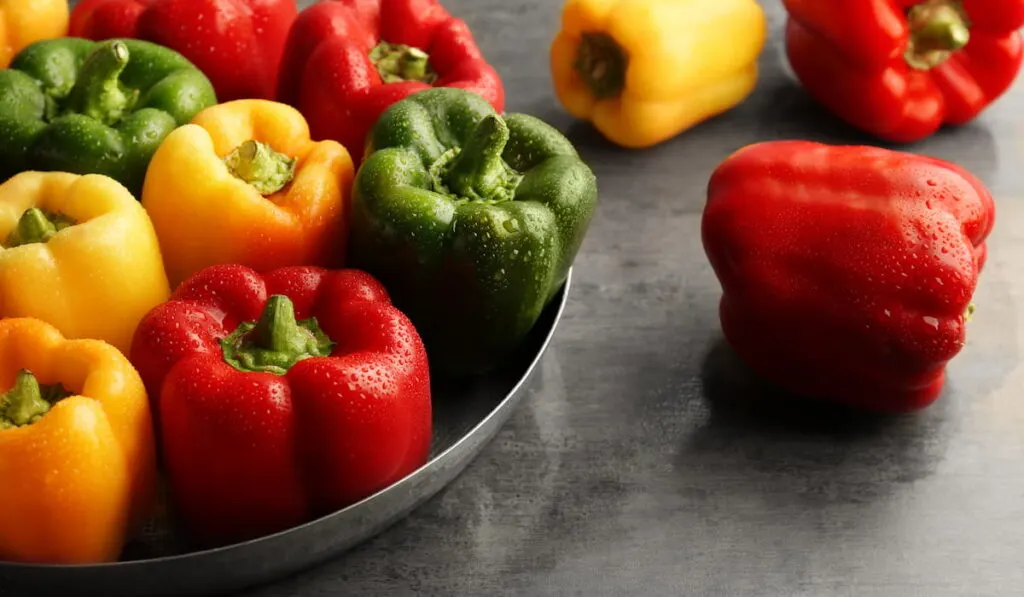
Bell pepper, also called capsicum, is classified as a fruit, although it is commonly utilized as a vegetable. Bell pepper is eaten either raw or cooked. They can also be dried or turned into powder.
Bell peppers come in a variety of colors, including red, yellow, green, and orange. Considered as healthy food, bell peppers are low in calories, but are full of vitamins and antioxidants that are essential to the human body.
Bell peppers are usually stuffed with ground meat and other vegetables before they are baked. They can also be sautéed, or added into pasta dishes.
Cooked bell pepper lasts 3 to 5 days in the refrigerator, but it can also be frozen in an airtight container to lengthen its shelf life.
3. Broccoli
Broccoli is packed with vitamins and minerals, including vitamin C, vitamin K, fiber, potassium, and iron. Compared to other veggies, broccoli contains more protein. Broccoli also helps prevent cancer, lowers cholesterol levels, and improves eye health.
Broccoli can be eaten raw or cooked. However, a recent study proves that mild steaming maximizes the health benefits of this green vegetable. Aside from mild steaming, broccoli can also be roasted.
Combine it with garlic, parmesan, and a little amount of fresh lemon juice and you will enjoy it even more.
Cooked broccoli can be frozen, but its texture will be watery when thawed. It is best to freeze broccoli before it is fully cooked.
4. Brussels Sprouts
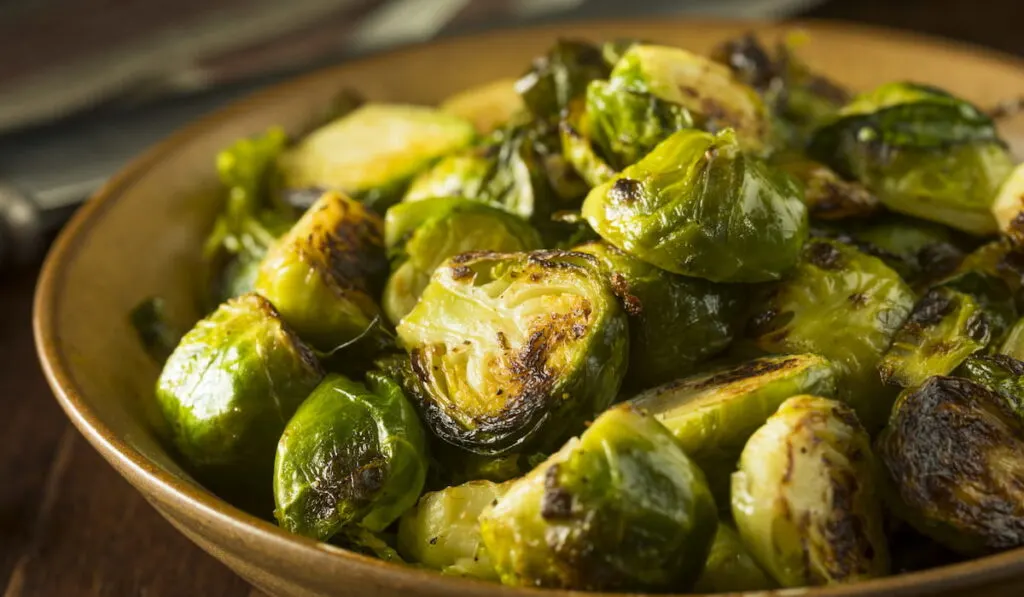
Brussels sprouts are low in calories, but high in vitamin K, vitamin C, vitamin A, folate, manganese, and fiber. It is also rich in antioxidants, and like broccoli, brussels sprouts may help in cancer prevention. In addition, this healthy vegetable may also aid in maintaining ideal blood sugar levels, reduce inflammation, and can be easily added to anyone’s diet.
Brussels sprouts are usually sautéed with oil, salt, pepper, and lemon, but other ingredients like bacon, herbs, onion, toasted nuts, and parmesan can also be added. This vegetable can be roasted, and used as a side dish to pork, chicken, or pasta dishes.
Lastly, brussels sprouts can be baked until they turn crispy. Combine with balsamic vinegar and honey sauce to add just the right amount of sweetness and tanginess.
When frozen properly, brussels sprouts can be stored for about a year.
5. Butternut Squash
Butternut squash is a fruit but is eaten as a vegetable. It is an orange-fleshed, healthy food known for its sweet and nutty taste which makes it a great addition to savory dishes. Not only is it delicious, but butternut squash is also loaded with vitamins and minerals and low in protein.
Butternut squash may be roasted along with the syrup, cinnamon, and herbs, or it may also be turned into soup.
An easy recipe is Quick Butternut Squash Curry using store-bought red curry paste, vegetables such as broccoli, bell pepper, mushrooms, or any vegetable that you like. Crispy tofu may also be added for more protein.
Butternut squash can be frozen raw or cooked. It is best to freeze cooked butternut squash by turning it into purée first then storing in a resealable bag for it to last up to three months.
6. Cabbage
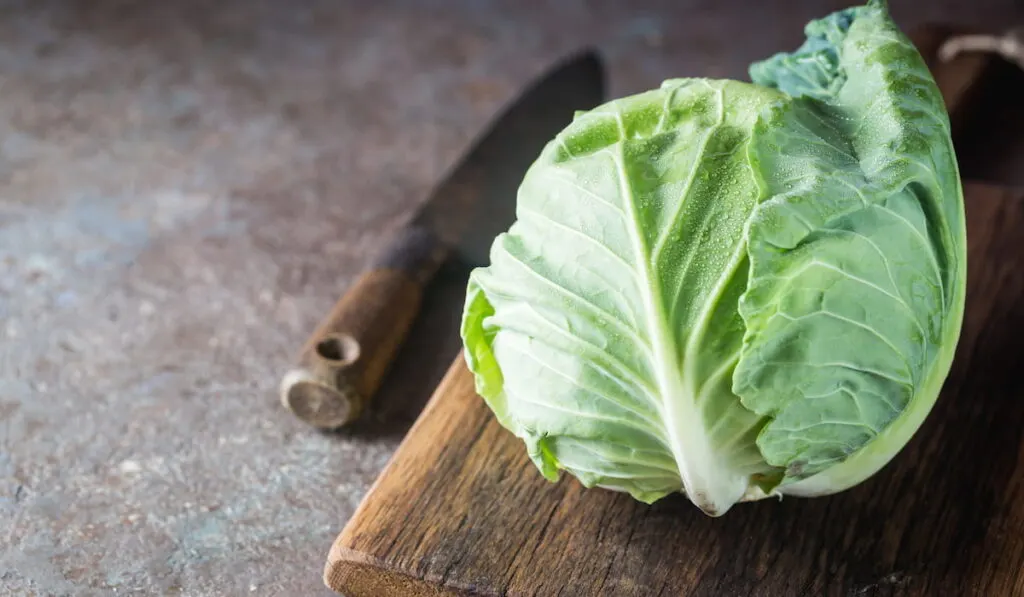
Another popular vegetable is cabbage. It comes in various colors, including white, green, red, and purple. Cabbage can be found in many dishes from different cuisines. It is usually added to kimchi, coleslaw, and salads.
Cabbage is packed with beneficial nutrients, and they also have impressive health benefits, such as reducing inflammation, aiding in digestion, and keeping your heart healthy. Moreover, it also helps in reducing blood pressure and cholesterol levels.
Cabbage can be fried, boiled, stir-fried, steamed, or sautéed along with lemon and garlic. This healthy vegetable can also be used to make salads and added to your favorite soup dish.
Cooked cabbage can be frozen for about 3 to 5 months.
7. Carrots
Carrots are crunchy, sweet, and nutritious root vegetables that can be eaten raw, or added to a variety of popular dishes. Like cabbage, it also comes in different colors, such as orange, yellow, red, white, and purple.
Carrots are a good source of beta carotene, vitamin A, vitamin K1, vitamin B6, biotin, fiber, potassium, and antioxidants. Carrots help in reducing the risk of getting cancer, they also help in weight loss, reducing blood cholesterol, and they improve eye health.
Carrots can be roasted with brown sugar and herbs, sautéed with garlic and parmesan, and they can also be coated with a honey glaze to create a sweet snack. This vegetable also pairs well with ranch dressing.
Cooked carrots can last up to 3 months in the freezer.
8. Cauliflower

Another healthy vegetable for dinner is cauliflower. It is also a good source of antioxidants which helps protect your cells from inflammation and free radicals. It also helps in weight loss, and it may also serve as a low-carb substitute for grains and legumes.
Cauliflower can be used as an alternative to rice and can be used to make pizza crust, mac and cheese, and hummus. Usually, cauliflower is roasted along with garlic and parmesan which gives it a sweet, savory, and buttery taste.
Cooked cauliflower may last 3 to 5 days in the refrigerator, but it can also be frozen in an airtight container to lengthen its shelf life for about 10 to 12 months.
9. Celery
Celery is a low-calorie vegetable that contains only about 10 calories per stalk. This crunchy vegetable can easily be added to most dishes, and it provides many health benefits.
Fresh celery should be sturdy, which means that it should snap and not bend. Its leaves should also be green and should be eaten within five to seven days to maximize its nutrients.
This healthy diet food can be braised, stir-fried with meat, added into salads, or turned into simple celery soup.
Leftover celery can be frozen, but it won’t be able to retain its crunch.
10. Corn
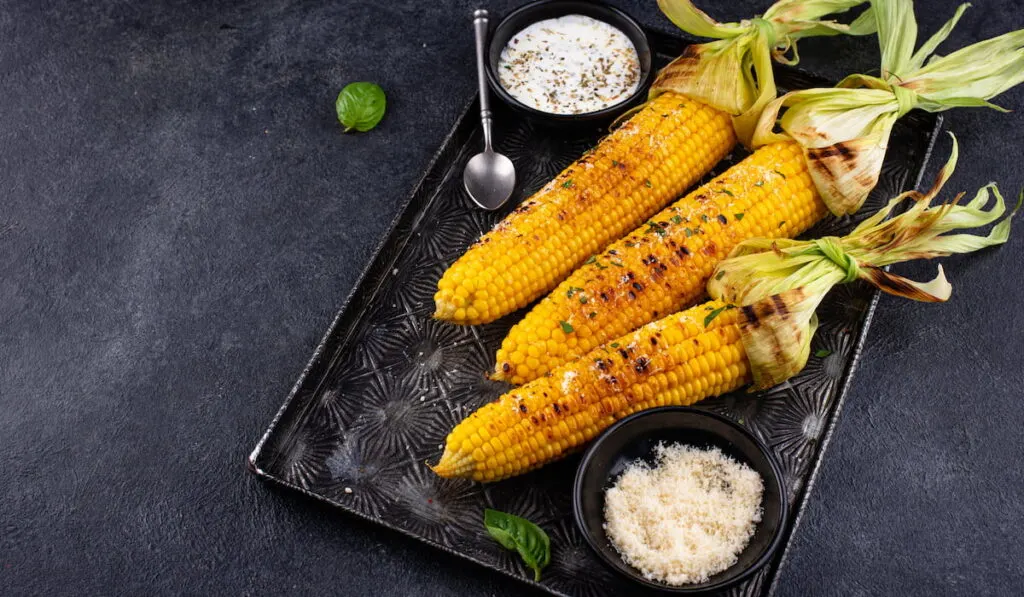
Corn is a starchy vegetable that is sometimes eaten as a grain. However, it is classified as a fruit by botanists. Also known as maize, corns are also used as an ingredient in processed foods, including corn flour, corn oil, cornmeal, tortillas, and corn syrup.
Most corns are yellow, but they may also come in purple, red, orange, blue, black, and white. Corn has high amounts of carbs and an adequate amount of fiber and protein.
Corn can be baked with cheese, cream cheese, butter, and herbs to make creamed corn. It can also be sautéed, grilled, or cooked in a skillet with honey and butter. Moreover, corn can also be added to salads, soup, tacos, and salsa.
Cooked corn may last 3 to 5 days in the refrigerator, but it can also be frozen in an airtight container to lengthen its shelf life for about 10 to 12 months.
11. Edamame
Edamame are whole, immature soybeans that are usually eaten in Asia. However, they are now becoming popular in Western countries as well. In the United States, edamame is usually sold frozen and can be heated by steaming, pan-frying, or microwaving.
This vegetable has high amounts of protein, and it also helps lower cholesterol. It also helps reduce the risk of getting breast and prostate cancer and helps avoid the development of menstrual symptoms.
Edamame is commonly added in stews, soups, salads, and can also be eaten as a snack. One of the many ways to prepare edamame is by baking it with olive oil and parmesan cheese.
Leftover edamame will last for about 10 to 12 months in a freezer.
12. Eggplant
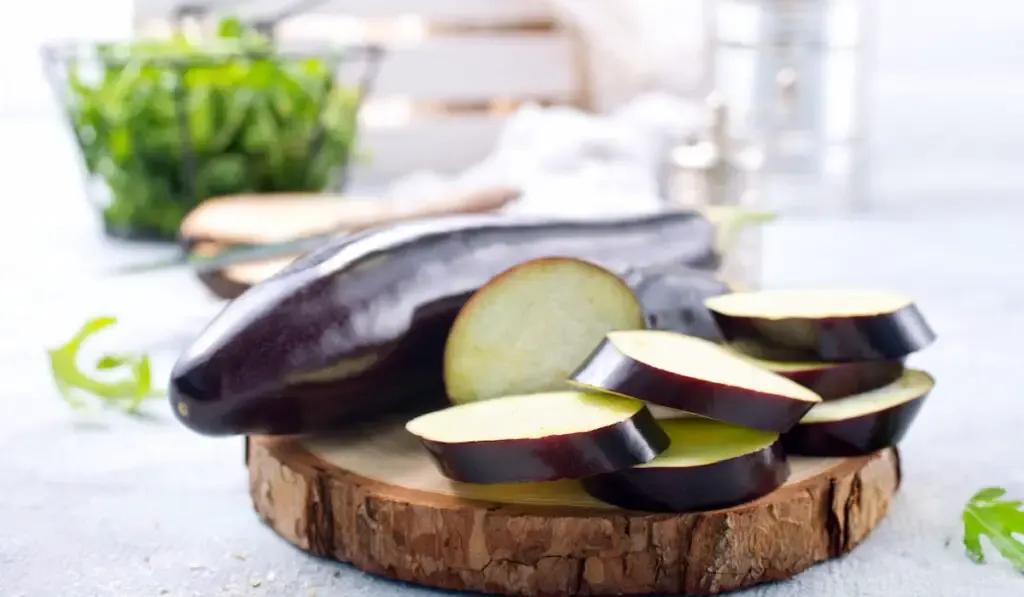
Eggplant is technically a fruit, but it is marketed as a vegetable. Also called aubergines, eggplants come in various colors, including deep purple, red, green, and black.
Aside from its unique texture and mild flavor, eggplant also contains nutrients and minerals that are essential to a human’s health. Moreover, eggplant helps reduce the risk of getting heart disease, boost control of blood sugar, may help in preventing cancer, and it could also aid in weight loss.
Eggplants can be oven-roasted, baked with garlic and parmesan, fried, or sautéed with spicy garlic sauce.
Cooked eggplant may last 3 to 5 days in the refrigerator, but it can also be frozen in an airtight container to extend its shelf life for about 10 to 12 months.
13. Fennel
Fennel is a culinary herb, as well as a medicinal plant that provides many health benefits. This plant is low in calories, and it is also a good source of vitamin C, manganese, potassium, calcium, and magnesium.
Fennel is high in fiber, which enables it to benefit heart health. It also has plant compounds that may help in fighting cancer. In addition, this plant also boosts milk secretion which is highly beneficial for breastfeeding women.
To add crunch and mild licorice flavor to salads, raw fennel can be added. It can also be sautéed, roasted with parmesan or garlic and herbs, or it can also be pickled.
If stored properly, fennel will last in the freezer for 5 to 6 months.
14. Green Beans
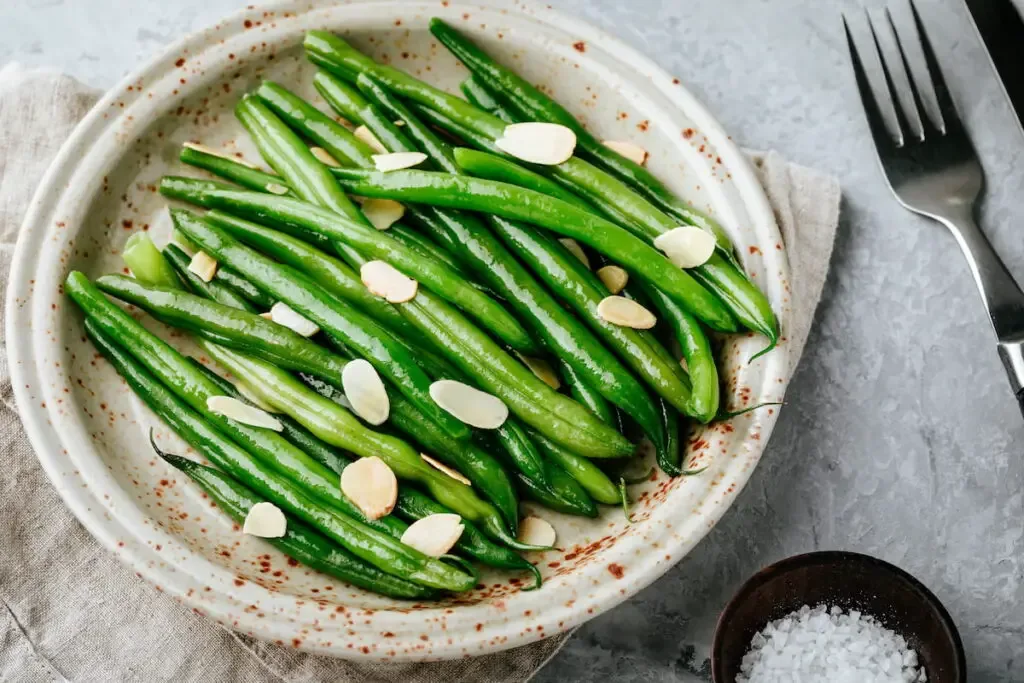
Also known as string beans, green beans are a staple across the United States. Despite being called green beans, this healthy vegetable can also be purple or yellow.
Green beans are perfect for people who want to lose weight since they only contain few of calories and sugar. They also do not contain any cholesterol, which is good for a person’s health.
Green beans can be served as a side dish for meat. It can also be sautéed with garlic, or baked with parmesan and olive oil. Cooked green beans can be stored in the freezer, although they will have a watery texture when thawed.
15. Kale
A member of the cabbage family, kale is one of the most nutrient-dense plant foods that exists because it is low in calories, but is packed with vitamins and minerals. This healthy plant is usually green in color, but it may also be purple depending on its type.
It is high in antioxidants, such as quercetin and kaempferol. Kale helps reduce cholesterol, promotes better eye health, and it also helps in weight loss.
Kale can be added to salads, it can be sautéed with lemon and garlic, or it can be added to your regular smoothie. Fresh, leftover kale can be frozen but should be used within four to six months.
16. Lettuce
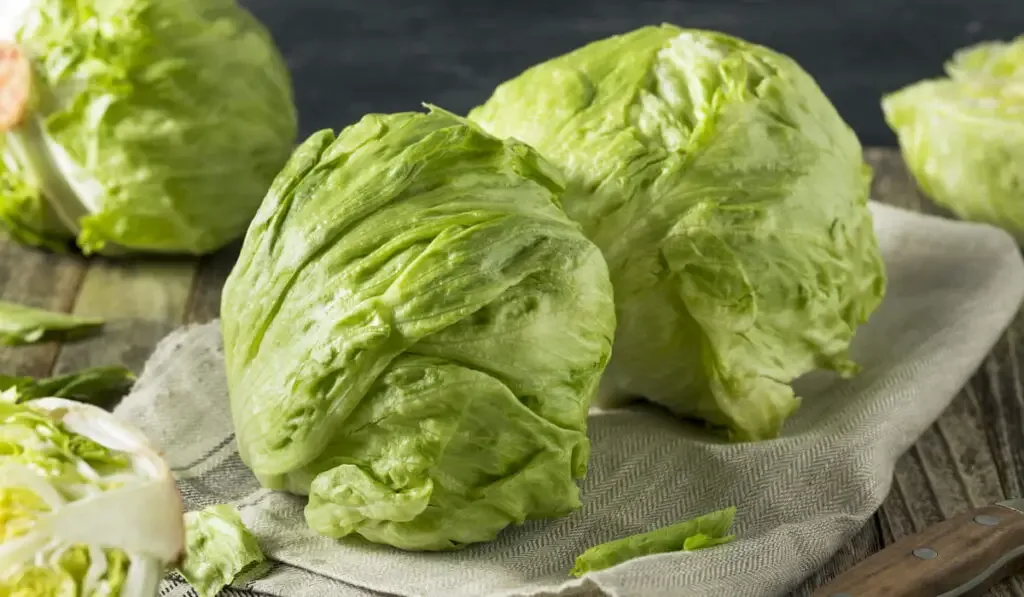
Lettuce is a popular base ingredient for salads. There are four varieties of lettuce, namely head lettuce, romaine lettuce, leaf lettuce, and celtuce lettuce.
Head lettuce. This variety of lettuce is round in shape. Iceberg and butterhead lettuce fall into this variety.
Romaine lettuce. This variety is tall with dark green leaves, along with sturdy ribs at the center. Romaine lettuce is the variety that is used in a caesar salad.
Leaf lettuce. Easier to grow than other varieties, leaf lettuce does not form a head. Instead, it is connected to a stem. Leaf lettuce is dark green or purple in color.
Celtuce lettuce. Also goes by the name asparagus lettuce or stem lettuce, this variety comes with a large stem compared to other lettuce varieties. Celtuce lettuce is commonly found in China.
The nutrients present in lettuce depend on its variety. Iceberg lettuce has the lowest amount of nutrients, while Romain lettuce is the most nutritious one.
Lettuce is popularly used in salads, but it can also be stir-fried or added into various soups and dishes. It can be frozen but should be used within six months.
17. Mushroom
There are various types of mushrooms. Some are toxic, while others are not only edible, but delicious and healthy, too. Common types of mushrooms include white or button, shiitake, oyster, enoki, maitake, beech, crimini, and portobello.
Mushrooms do not contain fats and cholesterol and are low in calories and sodium. While the nutritional value of mushrooms depends on their type, there are nutrients that are present in most mushroom types. These include antioxidants, vitamin B, beta-glucan, and copper.
Mushrooms can be grilled, roasted, baked, sautéed, or cooked as a side dish. One of the easiest ways to enjoy mushrooms is by baking them with parmesan, thyme, and lemon.
Leftover mushrooms can be stored in the freezer for about a year.
18. Okra
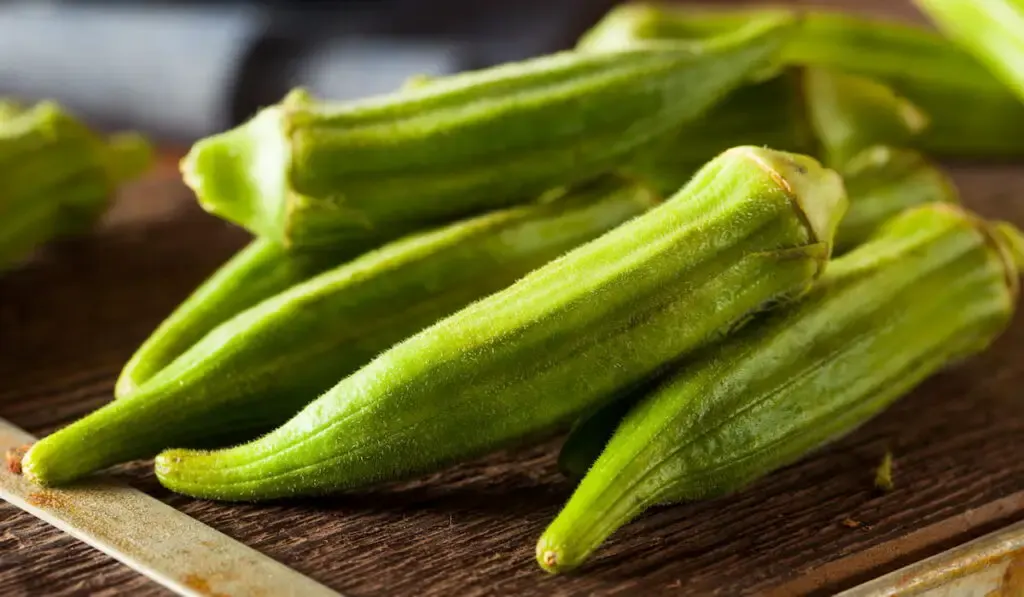
Sometimes called “lady’s finger,” okra grows in tropical areas, such as in South Asia and Africa. Although originally classified as a fruit, okra is used as a vegetable in various dishes.
Okra is known for its seed pods and slimy texture which not everyone is fond of. Despite this, it provides many benefits for a person’s health. Okra is a good source of vitamin C, vitamin A, vitamin K1, and vitamin B6. It also contains a good amount of protein and fiber and is low in carbs and calories.
Okra also helps lower heart disease risk due to mucilage – a thick, gel-like matter that is present in okra. During digestion, mucilage binds cholesterol which enables it to be released through stools instead of it being absorbed by the body.
Okra can be fried, sautéed with garlic, and stir-fried with onions, garlic, and tomatoes. To store in the freezer, allow the cooked okra to cool completely then store it in an airtight container.
19. Onion
Onion is a popular ingredient in every household. While onions differ in size and color, they are usually seen in the colors of white, red, and yellow. Depending on their variety, onions may have a mild taste, while others have a sharp, strong, spicy taste.
It also greatly benefits a person’s body by regulating blood sugar levels, boosting bone health, and preventing the risk of getting cancer.
However, onions also have their drawbacks. Some people have an allergy to onion, while others may experience mouth and eye irritation while working with this vegetable. It is worth noting that onions can be dangerous to some animals, including dogs, cats, monkeys, and horses.
Overall, onion is a versatile ingredient that can be sautéed, baked, fried, grilled, roasted, or eaten fresh.
Leftover onions can be frozen and will last up to three months.
20. Potatoes
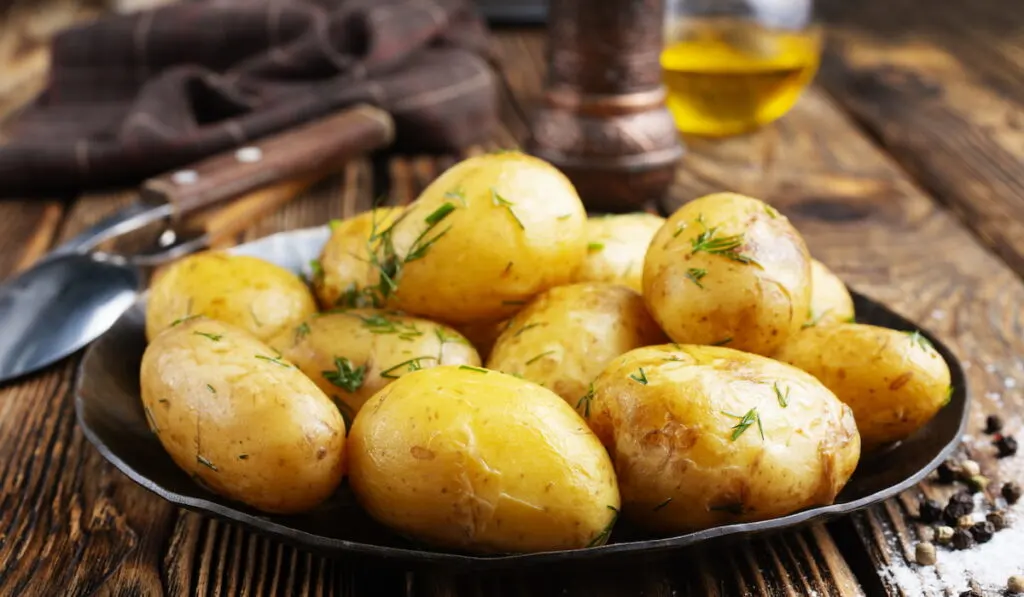
A staple in almost all households, potatoes are root vegetables that can be used in a variety of dishes. They are cheap, readily available, and they also provide nutrients that are beneficial for our health.
However, note that peeling potato skin significantly decreases the nutritional value of the potato since potato skin contains a great number of nutrients.
There are many ways to cook potatoes. They can be roasted with garlic and butter, they can also be turned into french fries, and they can also be roasted. Potatoes can also be mashed and would make a great side dish of steaks.
If stored properly in the freezer, cooked potatoes can last for 10 to 12 months.
21. Spinach
A leafy green vegetable, spinach is full of nutrients and antioxidants. This healthy vegetable can help reduce the risk of getting cancer, lowers blood pressure levels, and it also promotes better eye health.
Spinach is usually sautéed with garlic, olive oil, and a squeeze of lemon. Creamed spinach is another popular recipe for this nutrient-rich vegetable.
Leftover spinach can be frozen to extend its shelf life for about 9 to 14 months.
22. Sweet Potato

Another root vegetable that is packed with nutrients is sweet potato. Not only are they nutritious, but sweet potatoes are also delicious and very filling. They are usually orange or purple in color, but sweet potatoes can also be white, yellow, red, or pink.
Sweet potatoes aid in better regulation of blood sugar, and they also reduce the risk of cancer and oxidative damage.
This root vegetable is also easy to prepare. They can be boiled, steamed, baked, or fried. Cooked sweet potato will last for 10 to 12 months if properly stored in an airtight bag or container.
23. Tomatoes
Tomatoes are classified as a fruit, but they are usually prepared like a vegetable. This healthy food is usually red in color, but it may also be green, yellow, orange, or purple.
Tomatoes are loaded with the antioxidant lycopene, vitamin C, vitamin K, folate, and potassium. They are also composed of 95% water which is good for hydration.
Tomatoes can be eaten fresh, turned into smoothies, added into salad and pasta dishes, and they can also be roasted. Leftover tomatoes can be frozen and used within 12 to 18 months.
24. Winter Squash
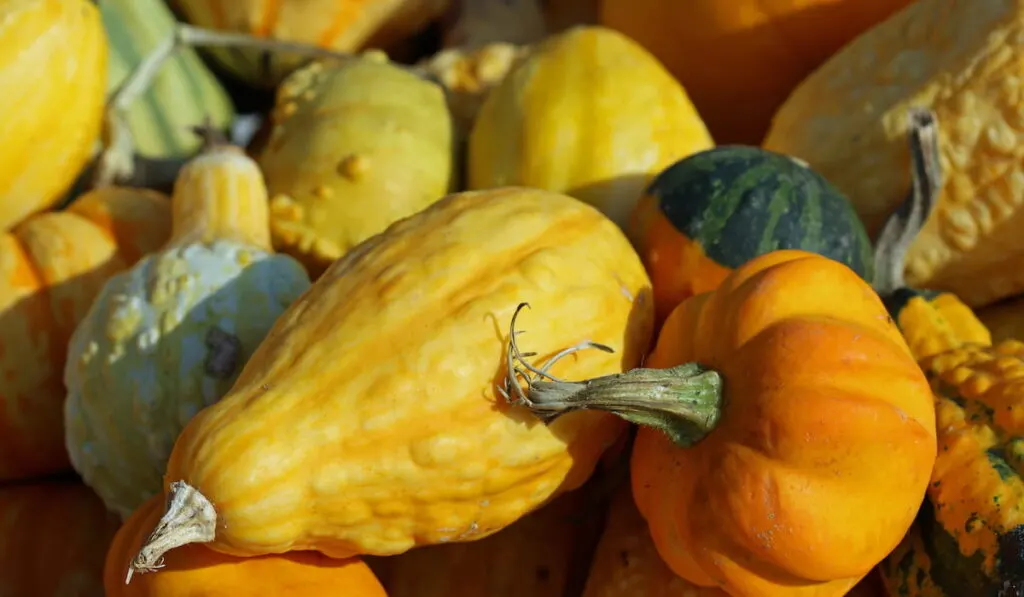
Winter squash is known for its bumpy skin and striking color that ranges from dark green to orange to yellow. Sometimes, they can also come in multicolor.
Winter squash is usually roasted, baked, or stuffed with meat and other healthy vegetables. Cooked winter squash may last 3 to 5 days in the refrigerator, but it can also be frozen in an airtight container to extend its shelf life for about 10 to 12 months.
25. Zucchini
Also called courgette, zucchini is a summer squash that is closely related to melons and cucumbers. Although it is botanically classified as a fruit, zucchini is usually treated as a vegetable.
Zucchini is rich in nutrients and antioxidants which promote better digestion, decreased blood sugar levels, and improved eye and heart health.
Zucchini is usually baked with parmesan. They can also be a healthier substitute for french fries. Moreover, this healthy food can also be roasted, sautéed, or added into sandwiches.
Raw zucchini will last for 8 to 12 months in the freezer, while blanched ones will last longer at 9 to 14 months.
Final Words
The good thing is there are infinite ways to cook your vegetables aside from those that are included on this list.
You can try other ways to cook and see which one works best for you and your family.
Regardless, including vegetables as part of your regular diet is an excellent way to begin and maintain a healthier life.
Reference/s:
- https://damndelicious.net/2015/04/22/15-quick-and-easy-vegetable-side-dishes/
- https://www.acouplecooks.com/vegetable-recipes/
- https://www.thekitchn.com/recipe-roasted-eggplant-and-brown-rice-bowl-with-turmeric-tahini-243324
- https://www.thekitchn.com/vegetarian-stuffed-peppers-22902969
- https://www.thekitchn.com/recipe-stuffed-winter-squash-224965
- https://www.thekitchn.com/recipe-quick-butternut-squash-curry-234139
- https://www.thekitchn.com/enchilada-casserole-263079
- https://www.thekitchn.com/10-dinners-that-are-mostly-vegetables-250208
- https://www.countryliving.com/food-drinks/a22665457/charred-gem-lettuce-recipe/
- https://www.countryliving.com/food-drinks/recipes/a36646/root-vegetable-gratin/
- https://www.countryliving.com/food-drinks/g3814/vegetable-side-dishes/
- https://www.jessicagavin.com/how-to-cook-asparagus/
- https://www.healthline.com/nutrition/asparagus-benefits
- https://www.healthline.com/nutrition/foods/broccoli#downsides
- https://www.healthline.com/nutrition/benefits-of-brussels-sprouts
- https://www.wellplated.com/sauteed-brussels-sprouts/
- https://www.healthline.com/nutrition/butternut-squash#benefits
- https://www.healthline.com/nutrition/benefits-of-cabbage#
- https://www.healthline.com/nutrition/foods/carrots#organic
- https://www.healthline.com/nutrition/benefits-of-cauliflower
- https://www.healthline.com/health/food-nutrition/health-benefits-of-celery#Tips-for-Buying-and-Storing-Celery
- https://www.healthline.com/nutrition/foods/corn#bottom-line
- https://www.healthline.com/nutrition/edamame-benefits
- https://www.healthline.com/nutrition/eggplant-benefits
- https://www.healthline.com/nutrition/fennel-and-fennel-seed-benefits
- https://www.healthline.com/health/food-nutrition/green-beans#vitamins-and-minerals-folate
- https://www.healthline.com/nutrition/10-proven-benefits-of-kale
- https://www.webmd.com/diet/health-benefits-lettuce#1
- https://www.healthline.com/health/food-nutrition/are-mushrooms-good-for-you#How-to-eat-mushrooms
- https://www.healthline.com/nutrition/okra-health-benefits
- https://www.healthline.com/nutrition/foods/onions#downsides
- https://www.healthline.com/nutrition/foods/bell-peppers#nutrition
- https://www.healthline.com/nutrition/benefits-of-potatoes
- https://www.healthline.com/nutrition/foods/spinach#plant-compounds
- https://www.healthline.com/nutrition/foods/sweet-potatoes#downsides
- https://www.healthline.com/nutrition/foods/tomatoes#plant-compounds
- https://www.hsph.harvard.edu/nutritionsource/food-features/winter-squash/
- https://www.healthline.com/nutrition/zucchini-benefits

